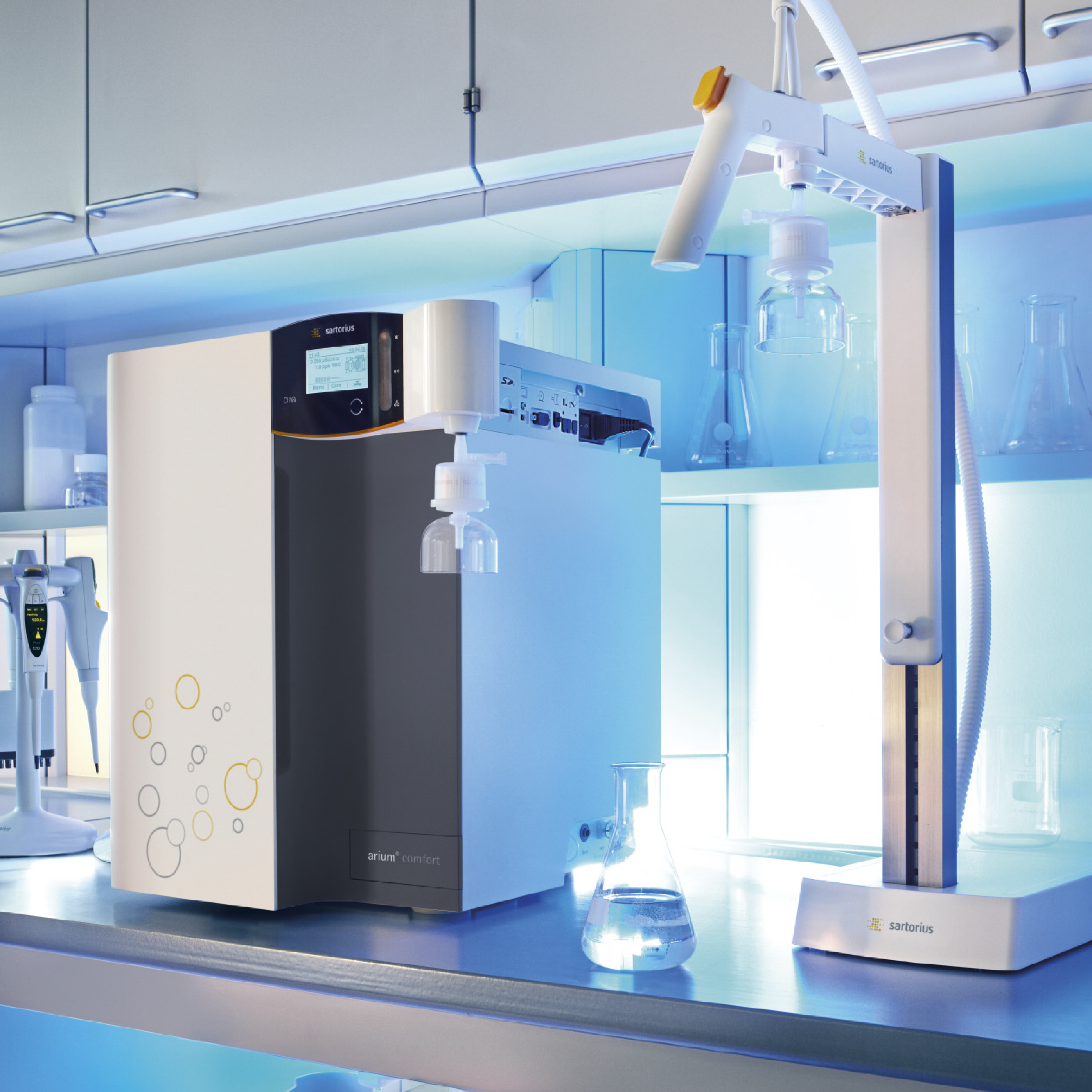
Although suitable for everyday use outside laboratories, tap water may contain impurities, such as suspended particles, dissolved inorganic and organic compounds, dissolved gasses, and microorganisms. These impurities, unfortunately, can significantly affect the accuracy and integrity of experiments, prompting laboratories to use water purification systems that produce high-purity water needed for various lab applications.
Organic compounds such as fungi and algae can introduce variables into experiments, like adding background noise during an HPLC analysis. Heavy metals, minerals, and other inorganic impurities, on the other hand, can interfere with chemical reactions and affect enzyme functions. Moreover, endotoxins, which are part of the cell wall of certain bacteria, can impact the health of cells in cell culture.
Key Factors to Consider Before Selecting a Lab Water Purification System
Choosing the correct water purification system is crucial in ensuring the reliability of research and analyses. Before making a decision, therefore, consider these factors: feed water quality, daily water usage patterns, and intended applications.
- Feed Water Quality
Testing the water source specific to your laboratory is vital to detect the presence of trace elements, chemical impurities, or other contaminants. Remember that even the smallest amount of contaminants can impact the reliability and reproducibility of results.
- Daily Water Usage Patterns
Consider the number of researchers working in the lab, the type of experiments performed, and the overall water demand for all applications. Knowing these details will help you assess which systems can consistently meet the specific water needs of the lab.
- Intended Applications
Different experiments need varying levels of water purity. Determine the applications of the purified water in your lab, whether it is for sensitive analytical instruments, cell culture, or other research processes. Below are the different types of purified lab water and the correct systems designed for specific applications.
- Reverse Osmosis Water (Type III)- Primary grade or reverse osmosis water is suitable for standard applications and feeding water-consuming systems, such as washing vessels, autoclaves, and preparation methods. It requires three stages of filtration–pre-filtration by activated carbon, depth-type filtration, and reverse osmosis–that you can find in Arium Advance RO systems.
- Purified Water (Type II)- Purified water, also known as pure or deionized water, is ideal for general laboratory use, especially for preparing reagents, blanks, and non-critical samples. All three previously mentioned steps, plus ion exchange or electrodeionization, are essential to achieve this water quality. Designed to deliver the best-quality Type II water, the Arium Advance EDI is the best choice.
- Ultrapure Water (Type I)- Well-suited for highly sensitive applications, ultrapure water requires a distinct purification process that involves UV oxidation, high-efficiency ion exchange, ultrafiltration, and sterile membrane filtration. Flexible, fast, and easy to use, the Arium Pro is an excellent and reliable source of ultrapure water.
Some laboratories, however, require water with varying degrees of purity for different applications. In such cases, a combined water purification system like the Arium Comfort II takes the spotlight. Despite being compact, it effectively combines purification technologies to deliver Type I, II, and III water on demand.


![Join Sterlitech at BIO 2024 [Booth #5558]: Exploring the Future of Biotechnology](https://www.sterlitech.com/media/magefan_blog/b4.jpeg)

